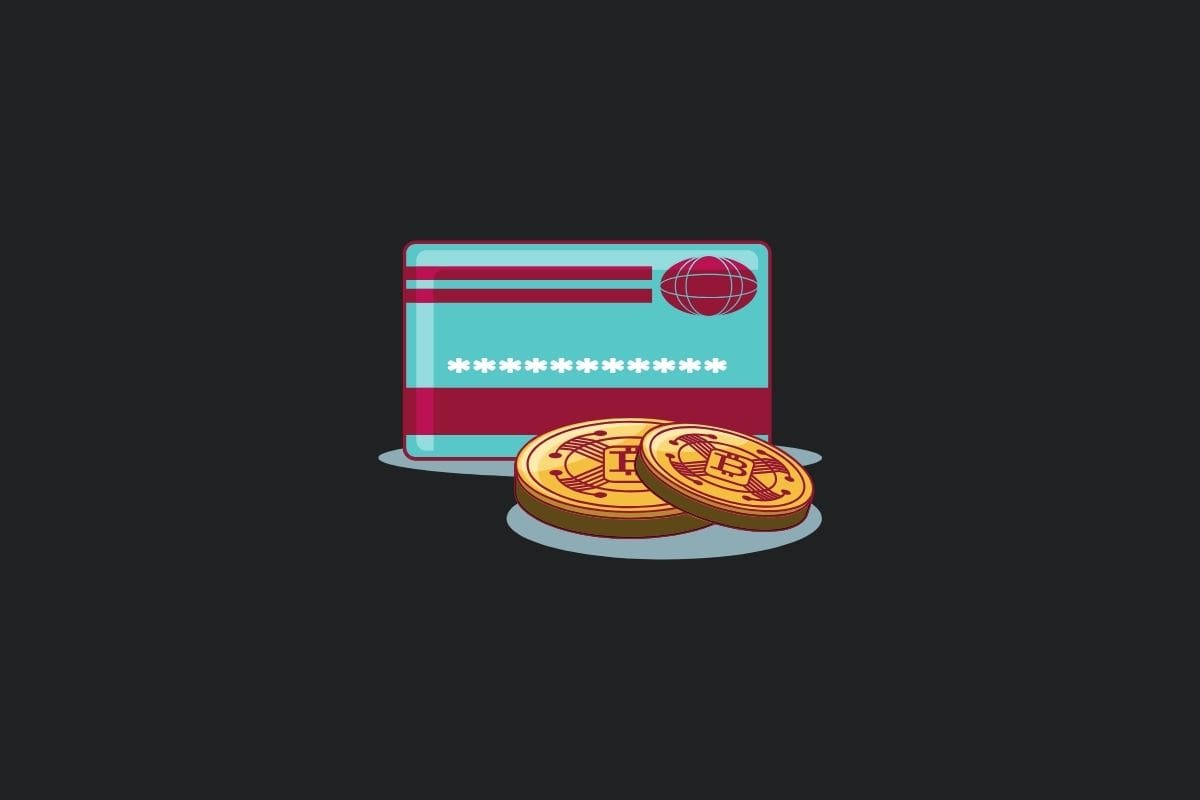In the dynamic realm of cryptocurrency, ‘Max Supply’ stands as a pivotal concept, essential for understanding the economics behind digital currencies.
This article aims to elucidate the meaning of Max Supply in the context of cryptocurrencies, its importance, and its implications for investors and the market, while also addressing frequently asked questions.
What is Crypto Max Supply?
Crypto Max Supply refers to the maximum number of coins or tokens that will ever be created for a particular cryptocurrency.
This limit is defined at the inception of the currency and is encoded into its blockchain protocol. Max Supply is a crucial factor that can influence the value and stability of a cryptocurrency.
Key Functions of Crypto Max Supply
- Scarcity and Value: By limiting the maximum supply, cryptocurrencies can create scarcity, which can potentially increase the value over time as the supply nears its maximum limit.
- Inflation Control: A predefined Max Supply helps in controlling inflation, preventing the devaluation that can occur with unlimited supply.
- Investor Perception: Knowing the Max Supply provides investors with insight into the potential future value and scarcity of the cryptocurrency.
Examples of Crypto Max Supply
- Bitcoin: Perhaps the most famous example, Bitcoin has a Max Supply of 21 million coins, a limit set by its creator, Satoshi Nakamoto.
- Ethereum: Unlike Bitcoin, Ethereum does not have a fixed Max Supply, leading to different economic implications.
How Does Max Supply Affect Investment Decisions?
Investors often consider Max Supply when evaluating a cryptocurrency’s potential for growth and sustainability. A limited supply can lead to higher demand and potentially higher prices, but it also comes with the risk of volatility.
Frequently Asked Questions
- Does Max Supply guarantee an increase in value? No, while scarcity can contribute to value, other factors like market demand, utility, and competition also play significant roles.
- How is Max Supply different from Circulating Supply? Circulating Supply refers to the number of coins currently available and circulating in the market, whereas Max Supply is the total amount that will ever exist.
- Can Max Supply be changed? Typically, Max Supply is fixed and cannot be changed. However, this depends on the cryptocurrency’s governance model and underlying blockchain protocol.
Understanding Crypto Max Supply is essential for anyone involved in the cryptocurrency market. It provides a foundation for evaluating the long-term potential and stability of digital currencies.
While Max Supply is a critical factor, it should be considered alongside other metrics and market trends for a comprehensive investment strategy.

